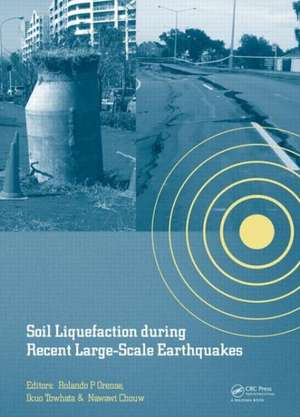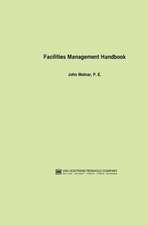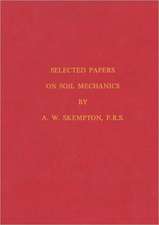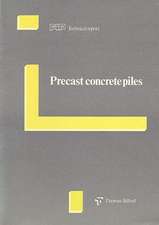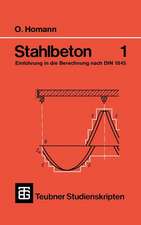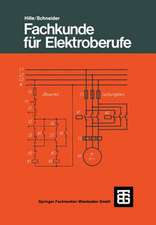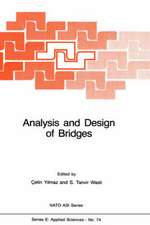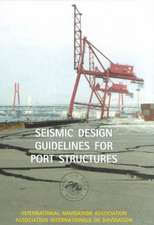Soil Liquefaction during Recent Large-Scale Earthquakes
Editat de Rolando P. Orense, Ikuo Towhata, Nawawi Chouwen Limba Engleză Hardback – 15 apr 2014
The 2010-2011 Canterbury earthquakes in New Zealand and the 2011 off the Pacific Coast of Tohoku Earthquake in Japan have caused significant damage to many residential houses due to varying degrees of soil liquefaction over a very wide extent of urban areas unseen in past destructive earthquakes. While soil liquefaction occurred in naturally-sedimented soil formations in Christchurch, most of the areas which liquefied in Tokyo Bay area were reclaimed soil and artificial fill deposits, thus providing researchers with a wide range of soil deposits to characterize soil and site response to large-scale earthquake shaking.
Although these earthquakes in New Zealand and Japan caused extensive damage to life and property, they also serve as an opportunity to understand better the response of soil and building foundations to such large-scale earthquake shaking. With the wealth of information obtained in the aftermath of both earthquakes, information-sharing and knowledge-exchange are vital in arriving at liquefaction-proof urban areas in both countries. Data regarding the observed damage to residential houses as well as the lessons learnt are essential for the rebuilding efforts in the coming years and in mitigating buildings located in regions with high liquefaction potential.
As part of the MBIE-JSPS collaborative research programme, the Geomechanics Group of the University of Auckland and the Geotechnical Engineering Laboratory of the University of Tokyo co-hosted the workshop to bring together researchers to review the findings and observations from recent large-scale earthquakes related to soil liquefaction and discuss possible measures to mitigate future damage.
Soil Liquefaction during Recent Large-Scale Earthquakes will be of great interest to researchers, academics, industry practitioners and other professionals involved in Earthquake Geotechnical Engineering, Foundation Engineering, Earthquake Engineering and Structural Dynamics.
Preț: 740.06 lei
Preț vechi: 1029.58 lei
-28% Nou
Puncte Express: 1110
Preț estimativ în valută:
141.63€ • 147.32$ • 116.92£
141.63€ • 147.32$ • 116.92£
Carte tipărită la comandă
Livrare economică 15-29 aprilie
Preluare comenzi: 021 569.72.76
Specificații
ISBN-13: 9781138026438
ISBN-10: 1138026433
Pagini: 280
Dimensiuni: 174 x 246 x 23 mm
Greutate: 0.66 kg
Ediția:1
Editura: CRC Press
Colecția CRC Press
ISBN-10: 1138026433
Pagini: 280
Dimensiuni: 174 x 246 x 23 mm
Greutate: 0.66 kg
Ediția:1
Editura: CRC Press
Colecția CRC Press
Public țintă
Postgraduate and ProfessionalCuprins
Soil and site characterisation
Liquefaction triggering
Liquefaction effects on structures
Liquefaction countermeasures
Soil-structure interaction in non-liquefied ground
Liquefaction triggering
Liquefaction effects on structures
Liquefaction countermeasures
Soil-structure interaction in non-liquefied ground
Notă biografică
Rolando P. Orense, Ikuo Towhata, Nawawi Chouw
Descriere
Reviewing the findings and observations from recent large-scale earthquakes related to soil liquefaction and discuss possible measures to mitigate future damage, 'Soil Liquefaction during Recent Large-Scale Earthquakes' will be of much interest to researchers, academics, industry practitioners and other professionals involved in Earthquake Geotechnical Engineering, Foundation Engineering, Earthquake Engineering and Structural Dynamics.
